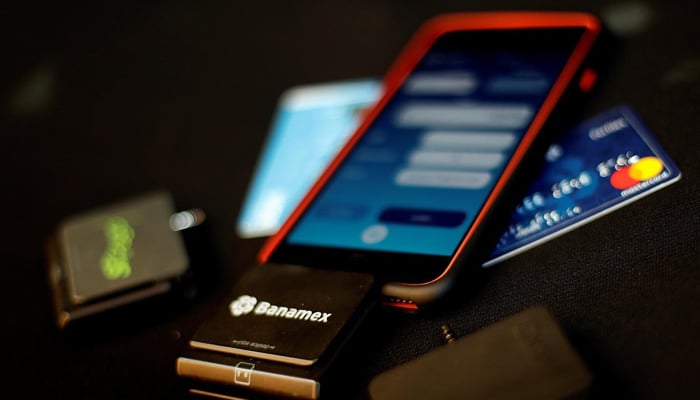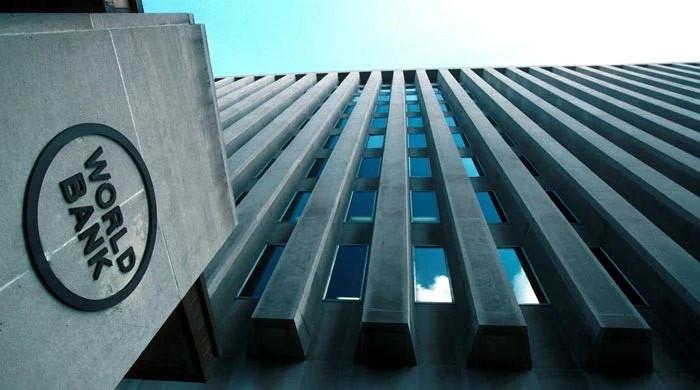Digital banking opportunities for Pakistan's banks post COVID-19
Banks are in a prime position to turn this threat into an unparalleled business opportunity with digital banking initiatives
August 11, 2020

The COVID-19 pandemic which has rapidly evolved these past few months continues to present difficulties for people and businesses.
From our personal health to business growth, everything is at risk. This single event has crippled the world’s economy and we are all slowly trying to find a way out – to find opportunity in this adversity.
Though the degree of damage varies, all sectors and businesses have been hit by this anomaly and are striving to survive through this crucial time.
According to some analysts, this pandemic-driven situation may have a far worse impact on the global economy than that of the 2008 financial crisis.
The changing paradigm in banking
With institutions like the State Bank of Pakistan (SBP) and the World Health Organisation (WHO) advising early on to use digital payment services such as internet banking and mobile phone banking, hard cash continues to be avoided as it is considered to be one of the carriers of this virus.
To further control the spread, as well as with the systematic shutdown of public dealing, it became inevitable for banks and other financial institutions (FIs) to go digital entirely.
This situation called upon banks and FIs to adopt digital transformation, modify their product offerings and find a digital financial tool that could enable them to cater to the needs of their customers and transcend during these challenging times.
Banks were in a prime position to turn this threat into an unparalleled business opportunity by rapid adoption and acceleration of digital banking initiatives.
Here’s why it is important to continue to prioritize digitalisation and how to do it:
Digital banking only instant way to cater to customers
The most prevalent form of direct connection with a bank’s customers has been disintegrated with a decline in traffic at bank branches because customers are relying heavily on digital mediums to fulfil their needs.
Online and mobile banking mediums are an enabler to serve customers instantly without putting employees’ wellbeing at risk.
With the right financial tools, banks can become the primary partner and advisor for their customers during and beyond this crisis.
Empower customers in making smarter financial decisions
Apart from fears about physical health, this pandemic has left everyone concerned about their financial health, now, more than ever.
It is the right time to put customers at ease by helping them emerge out of this crisis with a completely organised view of their finances.
Providing them with a digital tool that not only lets them track their financial transactions, but also sorts them in terms of priority and notifies them when to put their spending on hold could help customers better understand their financial standing.
Digital meaningful targeting to build long-term loyalty
Research conducted in the US showed that 70% of millennials would rather go to the dentist than listen to what their bank has to say. This will become more real than ever post-COVID.
The new ways of working will change the role of branch and relationship managers (RMs) drastically. With the help of a digital money management solution that allows RMs to communicate directly with their customers and understand their needs by using data-driven insights, banks will be able to target customers far more effectively by getting a 360-degree view of their finances. As a result, they will be able to build long term loyalty translating into higher revenue per customer.
An increasing demand for a complete digital experience is an opportunity for banks to invest in digital financial solutions.
Even after this crisis is over, it is still a smart investment as it adds further value in online banking and benefits banks with long term loyalty and a more engaging relationship with customers.
Innovative Fintech companies are well-positioned to help banks adapt to this change and rollout a gratifying digital money management experience for their customers.
The writer is a co-founder of Hysab Kytab, a mobile app that encourages the habit to save money and helps keep track of finances.









